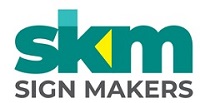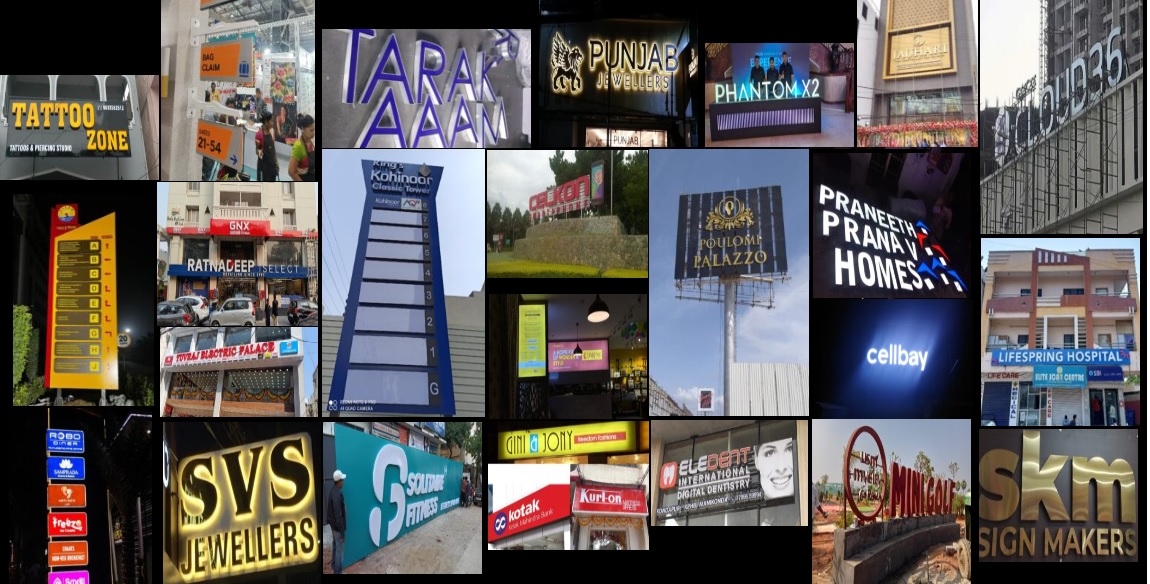LED Screens
LED screens, also known as LED displays or LED video walls, are dynamic and versatile visual communication tools that have revolutionized the world of digital signage. These screens are made up of an array of light-emitting diodes (LEDs) that work together to display vivid and high-resolution content. L.E.D. screens are widely used in various applications, including advertising, entertainment, sports events, retail, and more.
One of the key advantages of LED screens is their exceptional brightness and clarity. LED technology produces vibrant and eye-catching visuals that are visible even in bright environments. The high brightness level ensures that content is easily visible from a distance, making LED screens ideal for outdoor advertising or large indoor venues. Furthermore, the LEDs provide excellent color reproduction, allowing for rich and vibrant imagery that captures the attention of viewers.
Another significant feature of LED screens is their flexibility in size and shape. LED modules can be assembled into screens of various dimensions, from small displays for indoor applications to massive video walls that cover entire building facades. The modular nature of LED screens allows for customization and scalability, enabling businesses to create screens of virtually any size or aspect ratio to suit their specific needs. This flexibility makes LED screens adaptable to a wide range of environments and applications.
LED screens offer versatility in terms of content presentation. They can display a variety of media formats, including images, videos, animations, and even live feeds. The dynamic nature of LED screens allows for engaging and interactive content, capturing the attention of viewers and creating memorable experiences. Whether it’s displaying advertisements, showcasing product demonstrations, broadcasting live events, or providing real-time information, LED screens provide an immersive and captivating platform for communication.
One of the key advantages of LED screens is their durability and longevity. LED modules are designed to be resistant to shock, vibration, and harsh weather conditions, ensuring reliable operation in both indoor and outdoor settings. The LEDs themselves have a long lifespan, typically ranging from 50,000 to 100,000 hours, which translates to several years of continuous usage. This longevity makes LED screens a cost-effective investment for businesses, as they require minimal maintenance and replacement.
LED screens also offer energy efficiency compared to traditional display technologies. LEDs consume less power while producing brighter and more vibrant images, resulting in reduced energy costs over time. Additionally, LED screens can be equipped with advanced power management features, such as automatic brightness adjustment based on ambient lighting conditions, further optimizing energy consumption.
Installation and operation of LED screens are relatively straightforward. LED modules can be easily mounted onto a supporting structure or integrated into a framework to create a seamless video wall. The screens are usually controlled by a content management system that allows for centralized management and scheduling of content. LED screens can also be connected to external data sources or software systems for real-time content updates or interactive functionalities.
LED screens provide businesses with a powerful and versatile visual communication platform. With their exceptional brightness, flexibility in size and shape, versatility in content presentation, durability, and energy efficiency, LED screens are the go-to choice for impactful and engaging signage. Whether it’s for advertising, entertainment, information display, or brand promotion, LED screens offer a visually stunning and dynamic medium that captivates audiences and delivers messages effectively.



